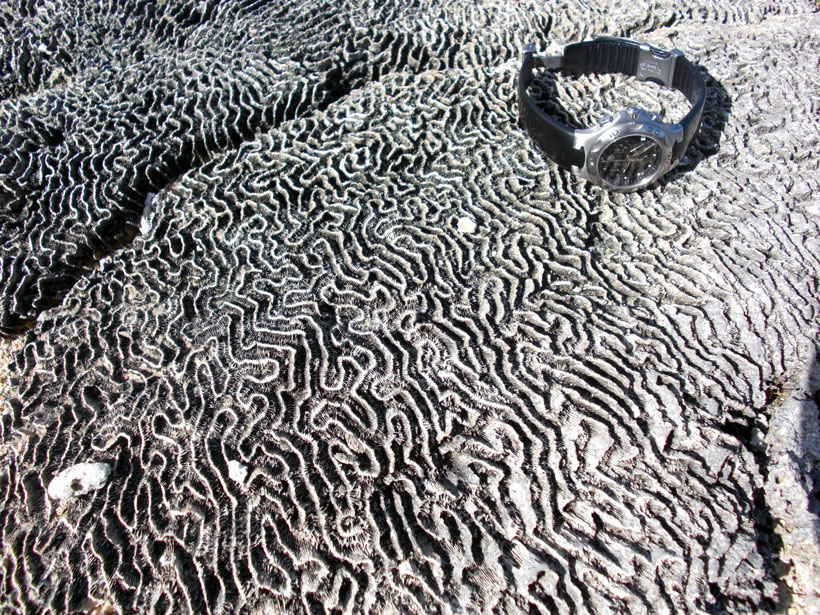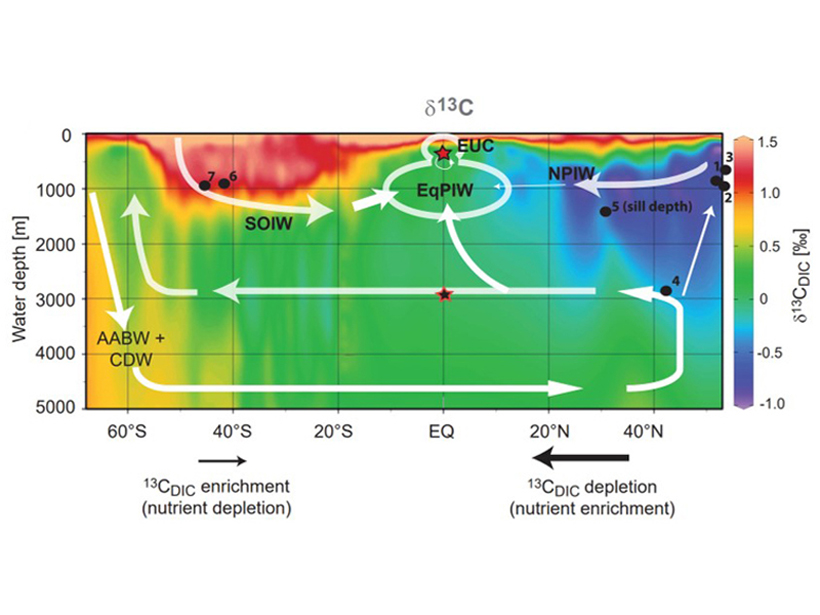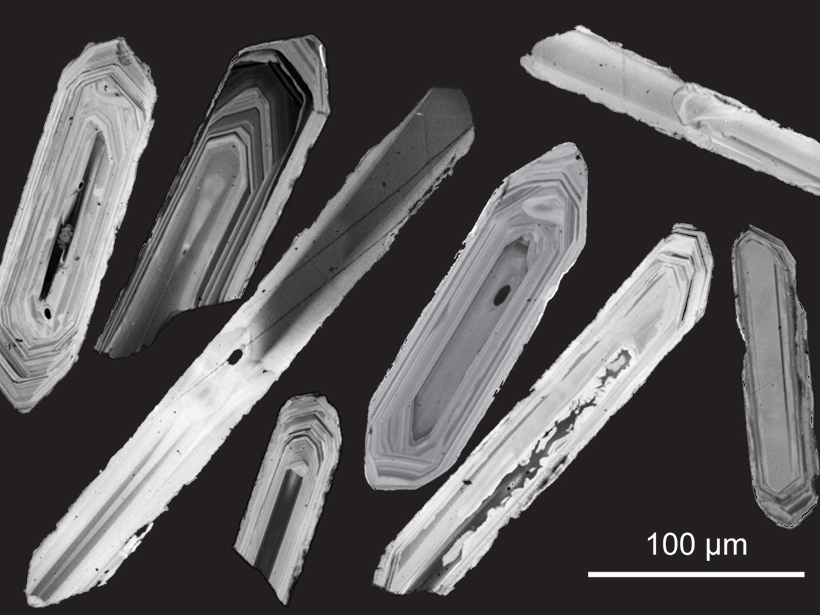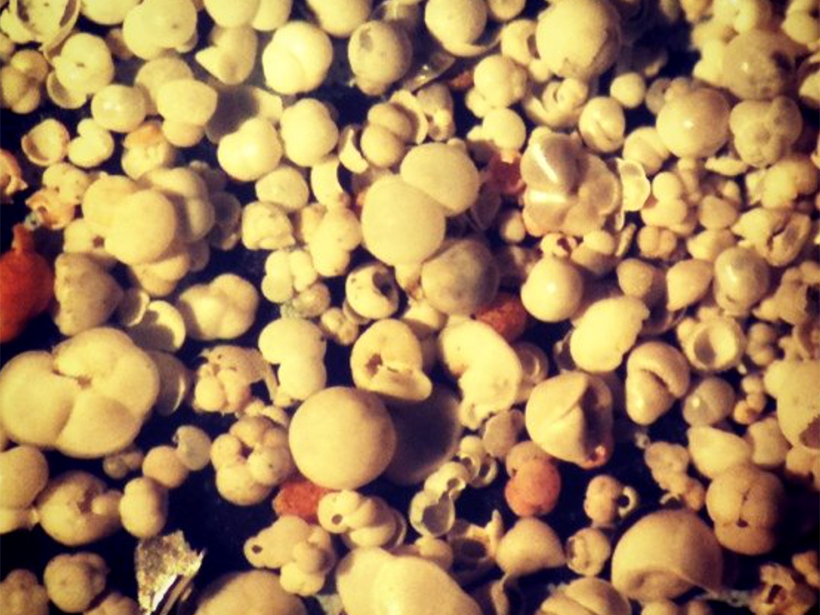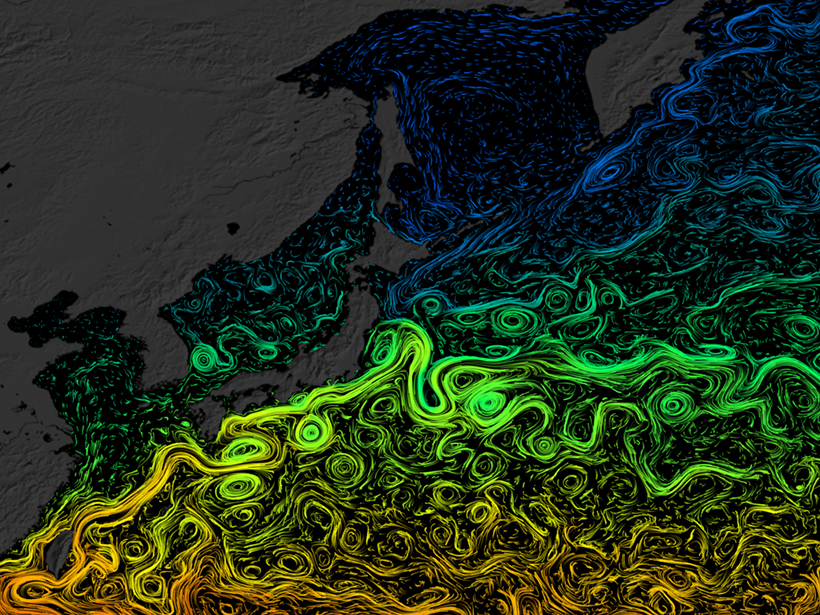Isotope records and climate modeling suggest that the rainy Intertropical Convergence Zone expanded northward into the southern Caribbean during a warm interglacial period about 125,000 years ago.
Paleoceanography and Paleoclimatology
How Ice Rafting Events Affect Asian Monsoon Hydroclimate
Cave stalagmites provide isotopic evidence that Bond events and Heinrich events have more variable effects on Asian monsoon hydroclimate during the last glacial period than during the Holocene.
Medieval Temperature Trends in Africa and Arabia
A synthesis of paleotemperature reconstructions from published case studies suggests warm onshore temperatures persisted across most of Afro-Arabia between 1000 and 1200 CE.
Plotting the Pliocene Polar Front
Understanding changing conditions in the south polar oceans during the warm late Pliocene period may help predict the impact of contemporary warming.
“North Pacific Nutrient Leakage” During Glacials
Carbon isotope data suggest an alternative source of nutrients to the Eastern Equatorial Pacific during glacial periods.
Resolving a Mystery of the Ages
High-precision radiometric dates shed new light on the puzzling 600,000-year disparity in the timing of one of Earth’s most pivotal timescale boundaries.
Microfossils Illuminate Ancient Ocean Currents
Researchers use dissolved silicon concentrations to map out how currents may have changed millennia ago in the Pacific.
Improving Our Understanding of El Niño in a Warm Climate
A new study seeks to bring together the strongest features of proxy data and climate models to reduce uncertainties in reconstructions of past El Niño behavior.
Sediment Cores Reveal Ocean Current’s Past Life
East Asia’s Black Current may have rerouted in the past 10,000 years or so.
A Sea Change in Paleoceanography
The Editor-in-Chief of Paleoceanography explains that the journal is changing its name to Paleoceanography and Paleoclimatology to reflect the evolution of science in this field.

